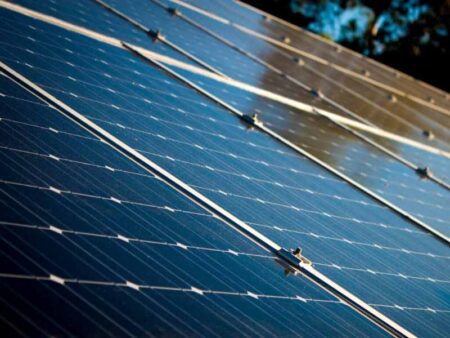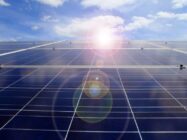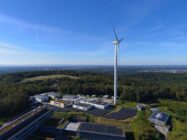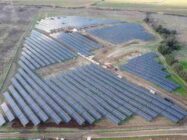
Global revenue loss due to equipment-driven underperformance last year reached $4.6 billion, and power loss due to equipment anomalies on solar farms rose from 3.13% to 4.47% year-over-year, according to a new report from Raptor Maps.
Raptor Maps, a solar asset health management platform, released the sixth edition of its Global Solar Report, which includes data that highlights the underperformance of solar assets.
The Global Solar Report draws on data from 125GW of PV systems from thousands of solar sites, and the report’s findings assume heightened significance given the solar industry’s unprecedented growth.
“The world surpassed the 1 terawatt mark for global solar installations two years ago, and our sights are firmly set on the 10 terawatt milestone,” remarked Raptor Maps CEO and Co-founder Nikhil Vadhavkar. “Our sector is foundational to meeting our climate goals of 1.5°C. As the pace of installation increases, asset owners are turning to technology to address the challenges outlined in our Global Solar Report to restore production, optimize asset management, and ensure the investability of the sector for years to come.”
Have you read?
How to build the solar workforce to one million strong by 2030
Kadri Simson presented with the European Solar Champion Award
Raptor Maps says as solar emerges as the dominant force in the clean energy transition, growth will increasingly hinge on autonomous systems.
“Owners and operators who are already working with digital twins of their sites can now leverage robotics and AI to tackle labor challenges directly impacting power production,” noted Eddie Obropta, CTO and Co-founder of Raptor Maps. “We just launched a new AI tool, Instant Inspections, based on customer demand, which enables the detection and categorization of thermal anomalies 99% faster than conventional solar aerial inspections at C&I sites.”
Originally published on renewableenergyworld.com








